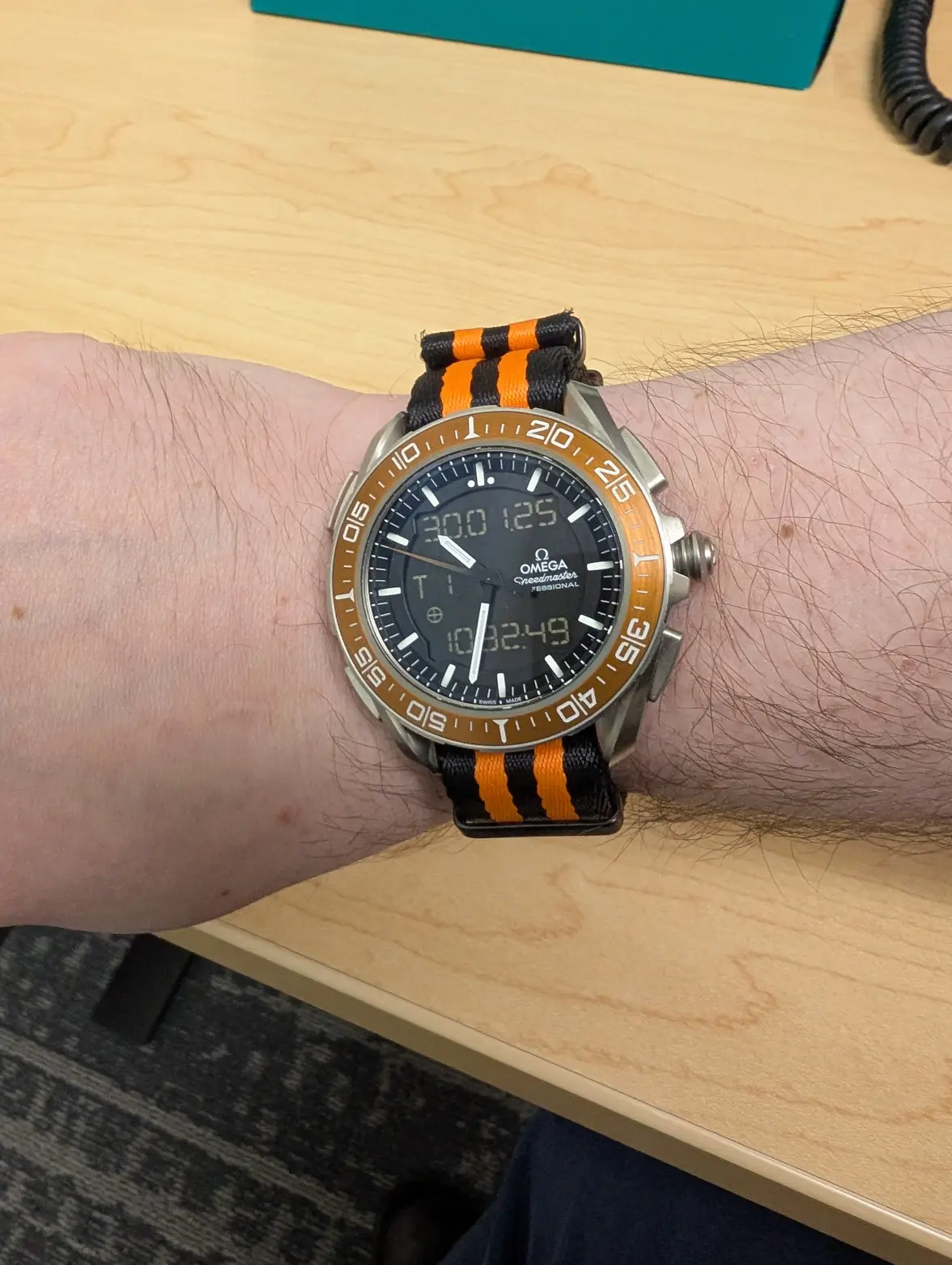ErichPryde
··Seamasters ForeverThe Marstimer follows the conventions that robotic Mars surface missions back to Viking have followed. A Mars Solar day (sol) with 24 Mars hours, 60 Mars minutes, and 60 Mars seconds. It calculates Mars Coordinated time (the equivalent of UTC for Mars) as well as the local mean solar time at two longitudes on Mars (M1 and M2). It even keeps track of how many leap seconds have been added to UTC when doing this math, so as be accurate to the second. For mission elapsed Sols, it also tracks how many seconds had been added to UTC at the start of the mission in case the timekeeping organizations add more leap seconds. It's probably one of the most complete timekeeping solutions for Mars.
The mechanical watches that the mission operations team at JPL had made were similar, they had the frequency of the balance adjusted such that 24 hours on the watch = a martian Sol.
The 'time slip' is simply not how the missions to date have operated.
I enjoy my Marstimer a lot, because I can see what time it is where the Curiosity rover is, with hardware I worked on, still roving all these years later.
This is awesome, thanks for all the info!
